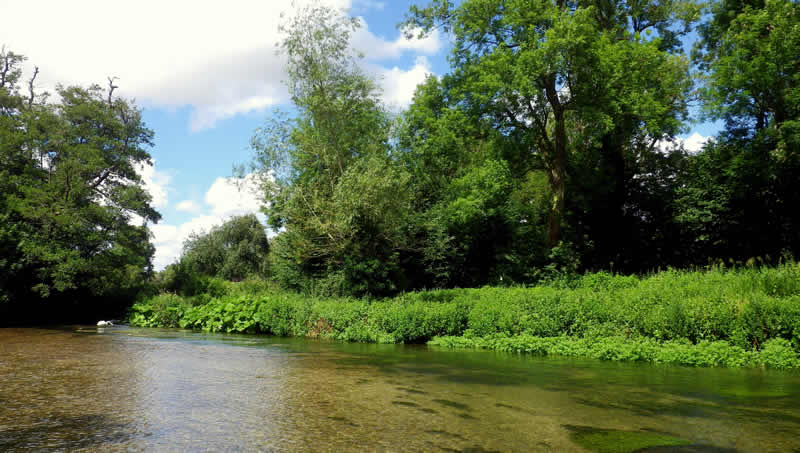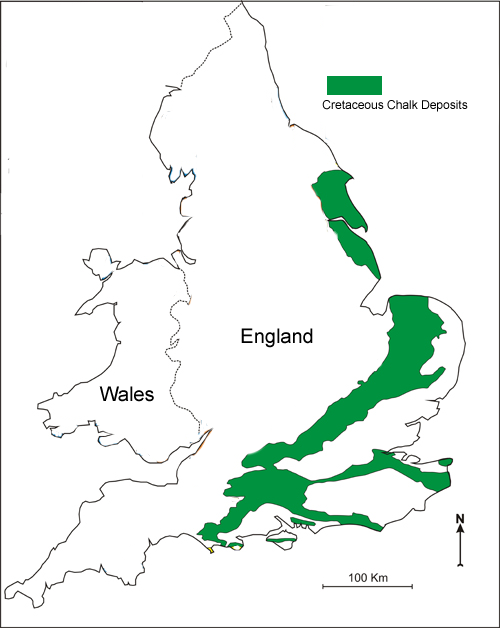What is a Chalkstream?
What is a Chalkstream? The English chalkstreams are characterised by naturally filtered alkaline water of exceptional clarity and lush waterweed, creating an environment in which Brown Trout thrive and grow to large sizes. Grayling fishing is excellent and unusually for the UK they can be caught on a dry fly even in the winter. The clarity of the water means that both Trout and Grayling fishing often involves sight fishing for individual fish….creating real excitement and added interest to the fishing. The very best fishing is often in the shallower clearer upper reaches of the main chalkstream rivers and in the tributary streams.
Where are the Chalkstreams?
In England chalk streams are located in south and east England, for example in Dorset, Hampshire, Wiltshire, Kent, Norfolk, south Cambridgeshire and Hertfordshire. There are also some important chalk streams on the wolds in Lincolnshire and Yorkshire.
The Importance of Chalk Streams.
There are only around 200 chalk streams in the world, and 85% of these are found in England, so we have a special responsibility to look after them. A combination of geology and climate means that our chalk streams have characteristic features that support special wildlife habitats and species. They are fed from groundwater aquifers, meaning that the water is of high clarity and good chemical quality. It is the quality of the waters as well as the gravels of the river bed that make chalk streams so precious for invertebrates, such as rare species like the fine-lined pea mussel and a range of mayfly species, as well as for damselflies such as the Southern damselfly.
The abundance of insects in a pristine chalk stream provides food for fish species, and the well vegetated banks and channels provide fish with shelter from predators. Chalk streams are important habitats for fish such as brown trout, Atlantic salmon, brook lamprey and bullhead. Other key species that live along our chalk streams are the otter, water vole, kingfisher, water shrew and white-clawed crayfish.
Chalk streams also have characteristic plant communities, many of which can be seen in the channel- for example river water crowfoot and starworts, with plants such as watercress and lesser water-parsnip along the margins. These plants and the crystal clear waters make chalk streams the most beautiful and iconic of all our river.
Threats facing the Chalk Streams
Water abstraction
In the UK, 55% of all groundwater-abstracted drinking water is sourced from chalk aquifers. The abstraction of water for human consumption increases the likelihood of low flows in winterbournes during summer. Low flows often result in fine sediment deposition and aquatic habitat loss, which is deleterious to submerged macrophytes and spawning fish. It is thought that low-flow alleviation schemes may assist in recovering winterbourne ecology during a time of both increased human demand for water and reduced precipitation inputs due to climate change.



